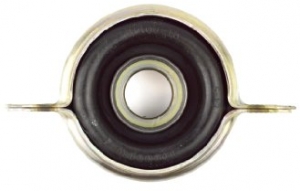-
Welcome to Tacoma World!
You are currently viewing as a guest! To get full-access, you need to register for a FREE account.
As a registered member, you’ll be able to:- Participate in all Tacoma discussion topics
- Communicate privately with other Tacoma owners from around the world
- Post your own photos in our Members Gallery
- Access all special features of the site
Help diagnosing AC compressor noise!
Discussion in '1st Gen. Tacomas (1995-2004)' started by ThunderOne, Sep 27, 2017.
Page 2 of 2
Page 2 of 2


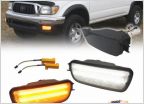 Anyone get the eBay plug & play switchback turn signal kit to work?
Anyone get the eBay plug & play switchback turn signal kit to work?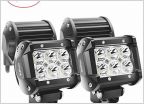 Ditch Bracket advice
Ditch Bracket advice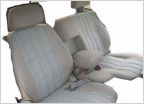 95.5 Tacoma xtra cab seat question
95.5 Tacoma xtra cab seat question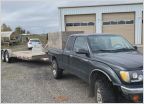 My Overlanding Farm Truck Journey
My Overlanding Farm Truck Journey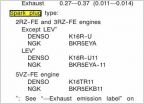 Spark plug question
Spark plug question


































